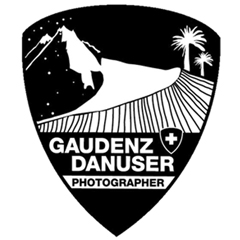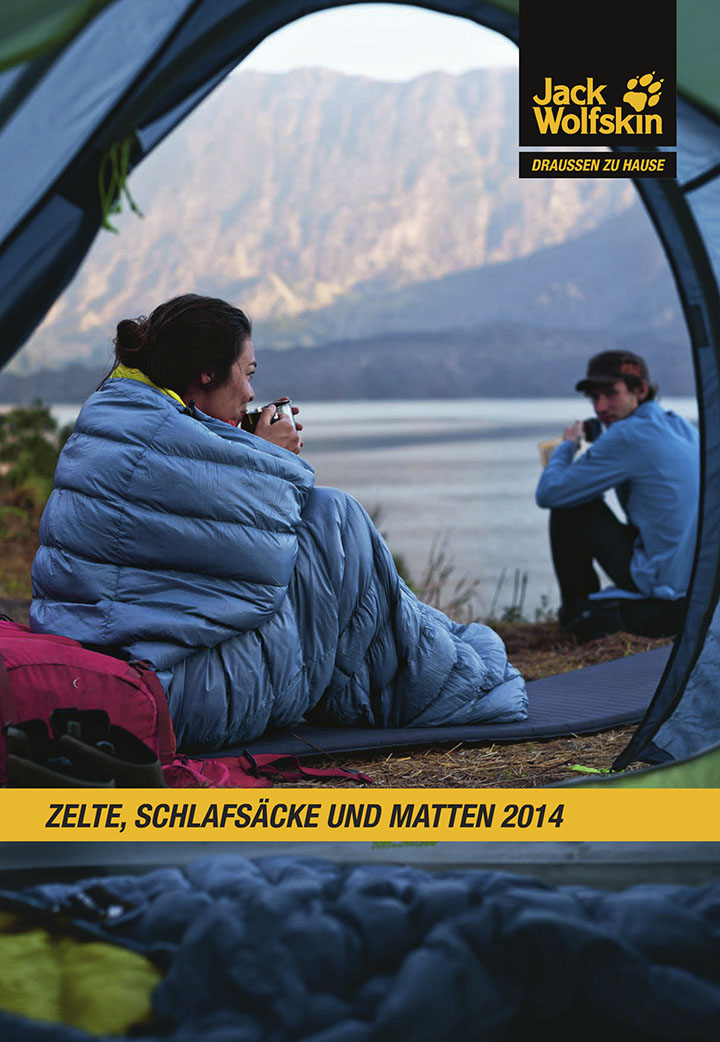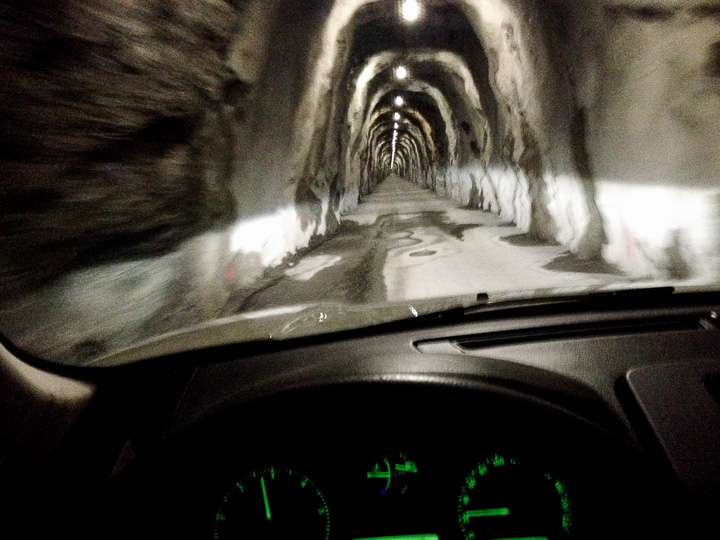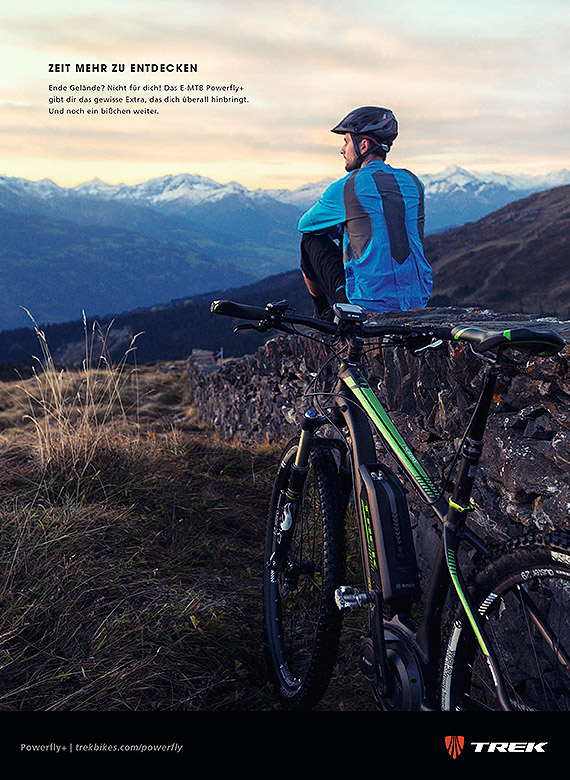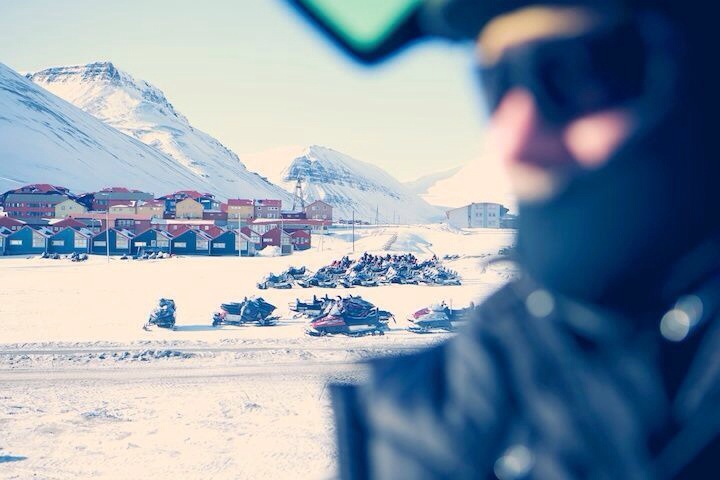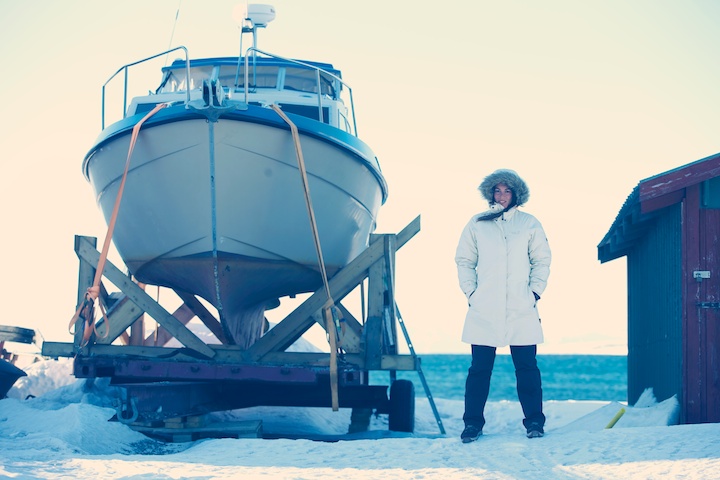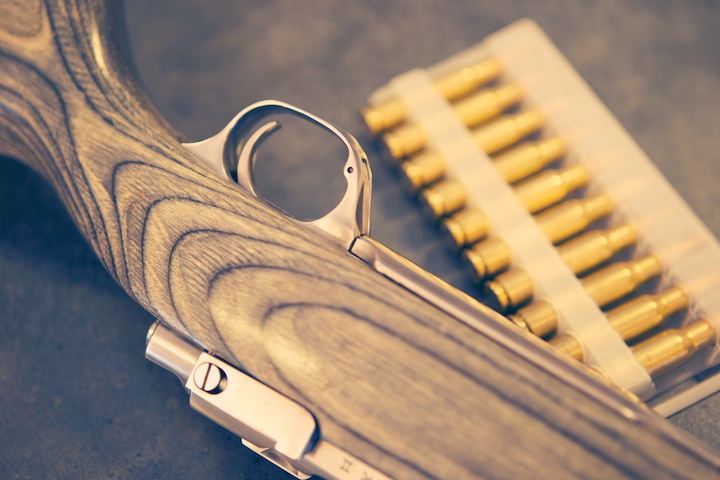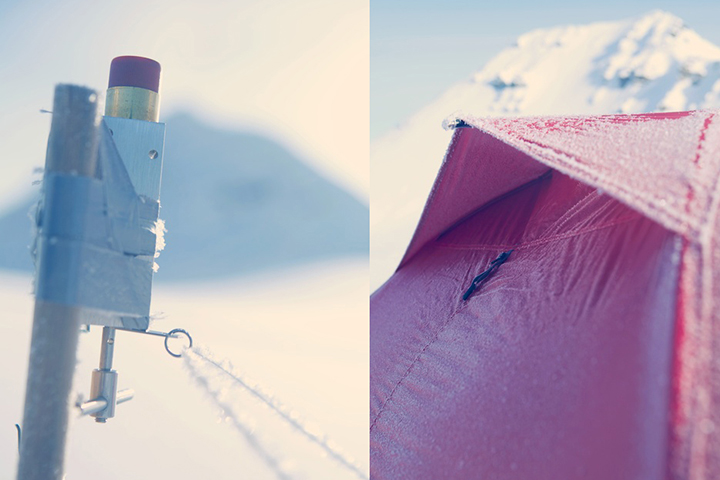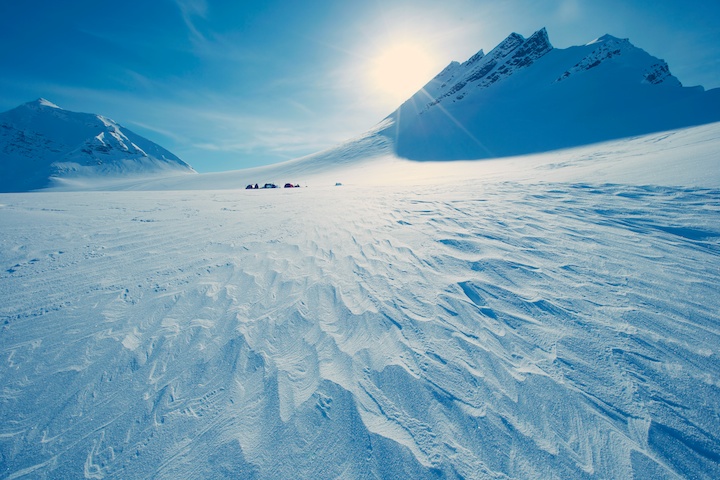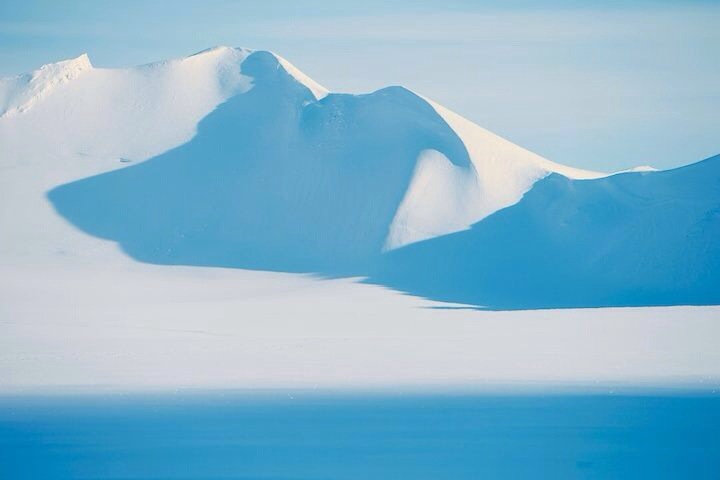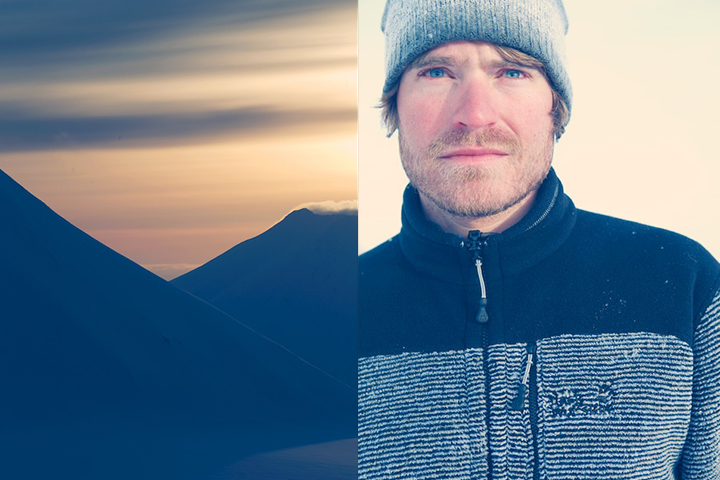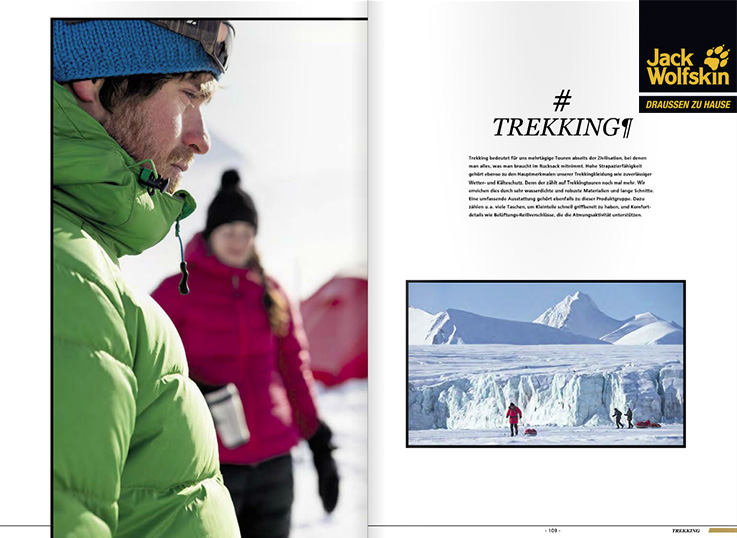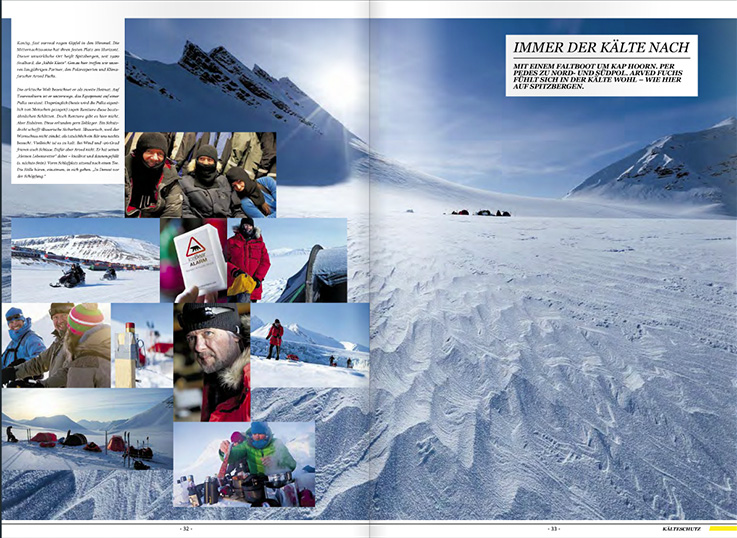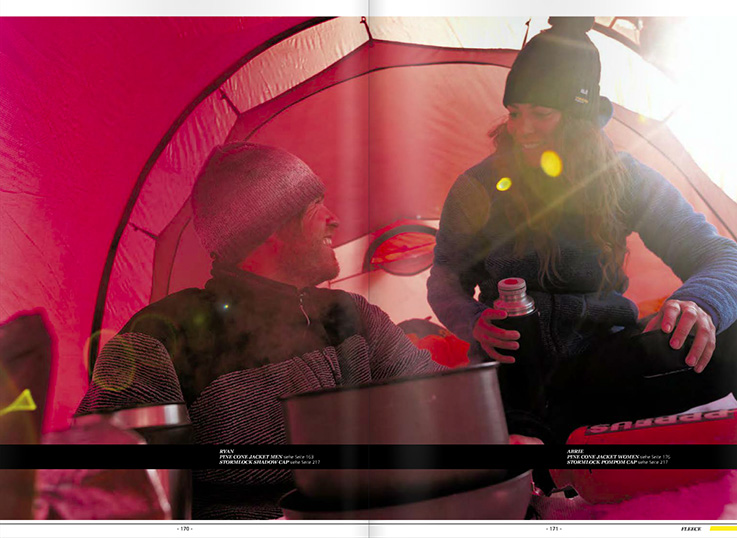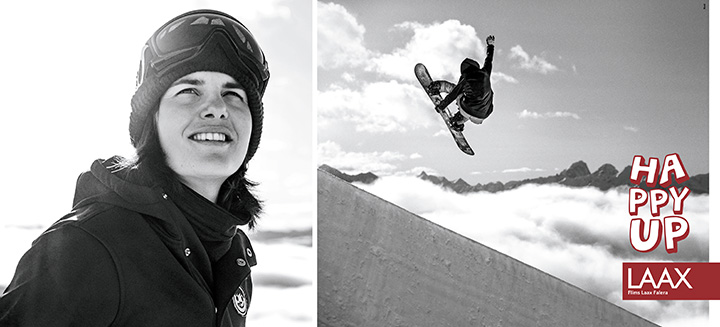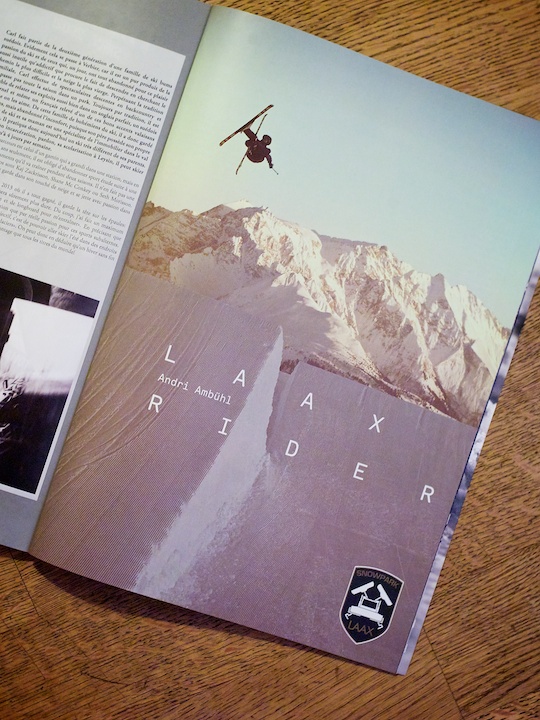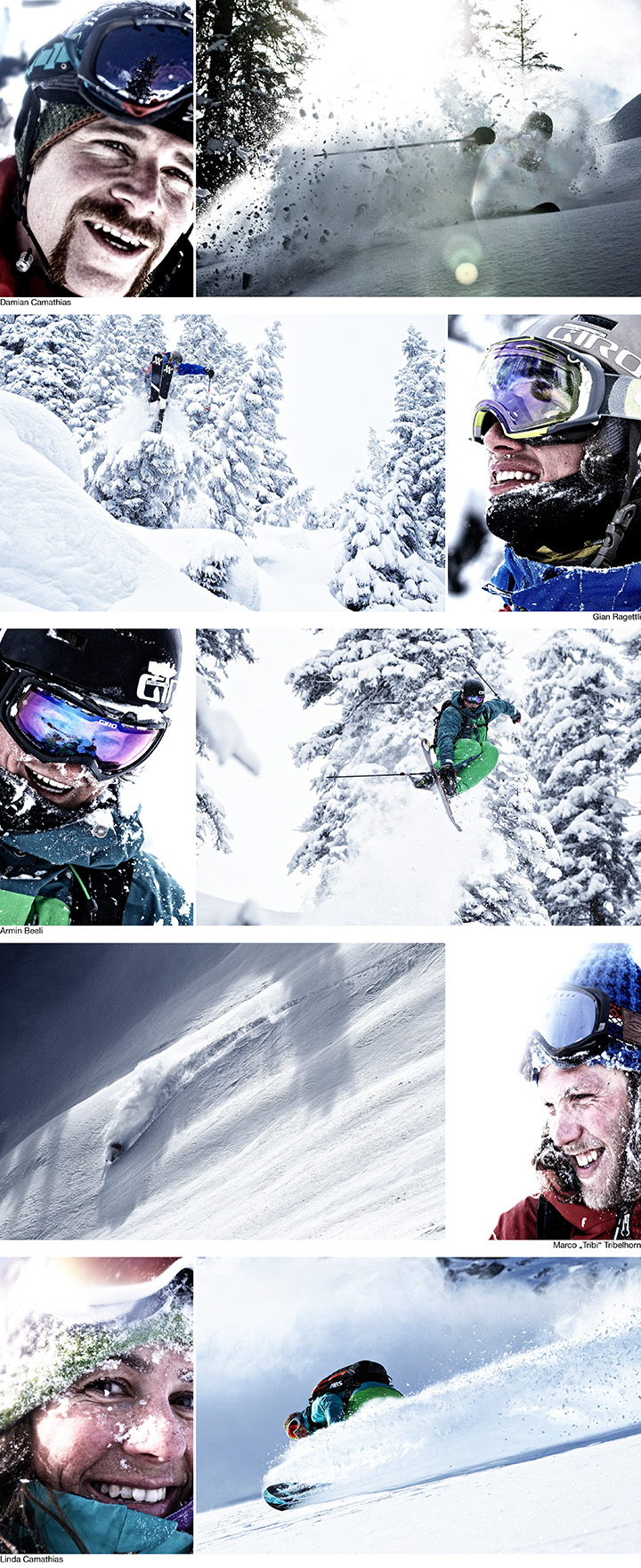The Matterhorn Base Camp
The base camp to serve as a ‘temporary Alpine shelter’ erected on the Hirli at 2,880 metres above sea level (coordinates 619.500 / 093.100). At a level of 400 metres beneath the Hörnlihütte, we have constructed a campus able to accommodate 50 mountaineers to ensure that, even during the modernisation of the Hörnlihütte in the summer of 2014, you will continue to enjoy excellent access to the Matterhorn.
In arriving at the design for the Matterhorn Base Camp, the overriding premise was “Reduce, Reduce, Recycle”. During implementation this amounted to an A-Z focus on the needs of our guests, guaranteeing the smooth functioning of the facility and, in particular, a detailed analysis of how to best dismantle and further use the lodges. The Flims-based architects Selina Walder and Georg Nickisch received the commission to design the Matterhorn Base Camp.
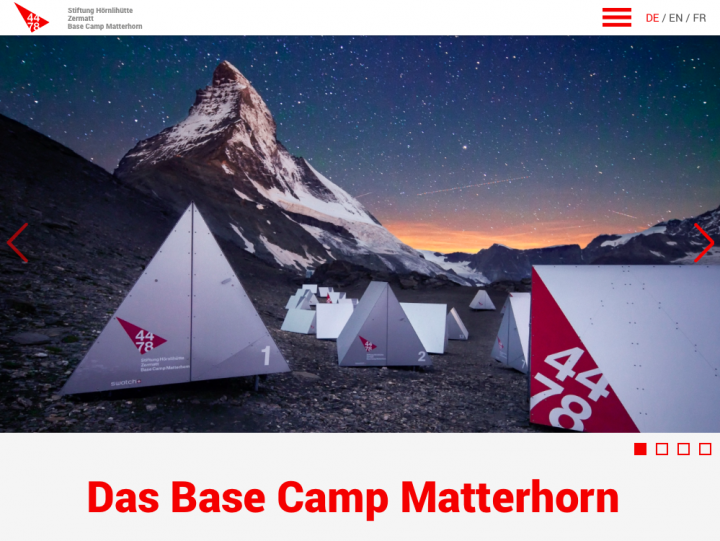
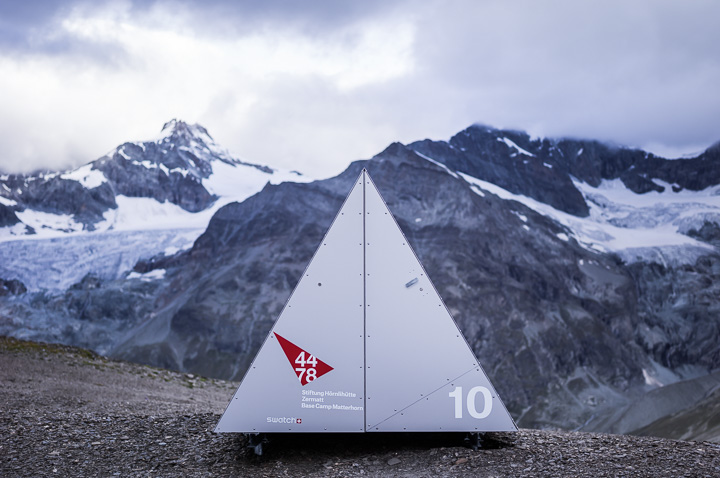
Temporary Alpine Shelters
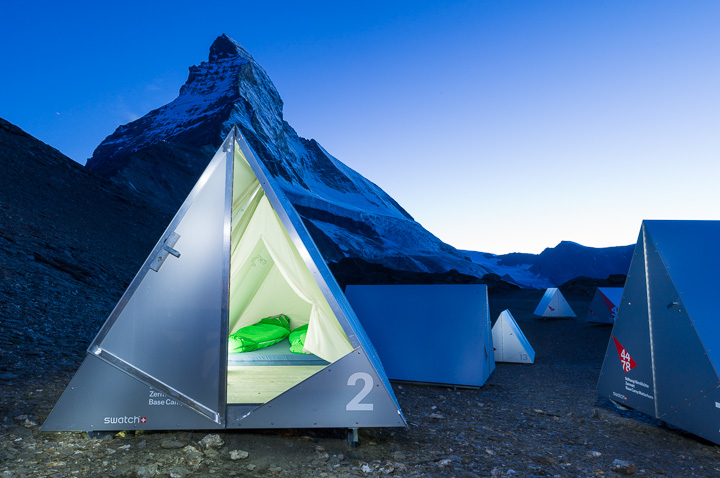
Temporary Alpine Shelters

Temporary Alpine Shelters

Temporary Alpine Shelters
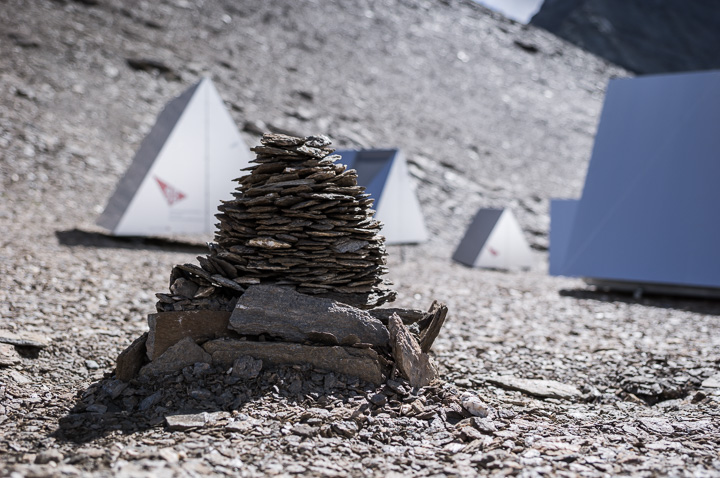
Temporary Alpine Shelters

